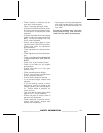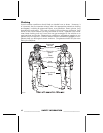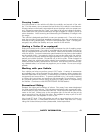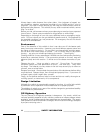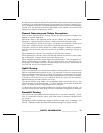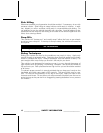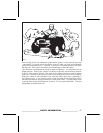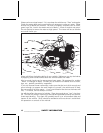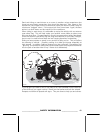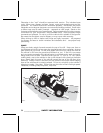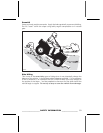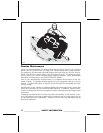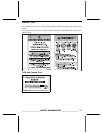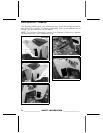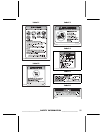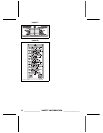
Sand and riding on sand dunes or on snow is another unique experience but
there are some basic precautions that should be observed. Wet, deep or fine
sand/snow may create a loss of traction and cause the vehicle to slide, drop off
or become “bogged” down. If this occurs look for a firmer base. Again, the best
advice is to slow down and be watchful of the conditions.
When riding in sand dunes it is advisable to equip the vehicle with an antenna
type safety flag. This will help make your location more visible to others over
the next sand dune. Proceed carefully should you see another safety flag ahead.
Since the antenna type safety flag can snag and rebound on your body if caught,
do not use it in areas where there are low hanging branches or obstacles.
Riding on loose stones or gravel is very similar to riding on ice. They will affect
the steering of vehicle... possibly causing it to slide and tipover especially at
high speeds. In addition, braking distance may be a effected. Remember that
“gunning” the throttle or sliding may cause loose stones to be ejected rearwards
into the path of another rider's way. Never do it deliberately.
V00A0WL
If you do get into a slide or skid, it may help to turn the handlebar into the direction
of the skid until you regain control. Never jam the brakes and lock the wheels.
Respect and follow all posted trail signs. They are there to help you and others.
____________
SAFETY INFORMATION
___________
49



